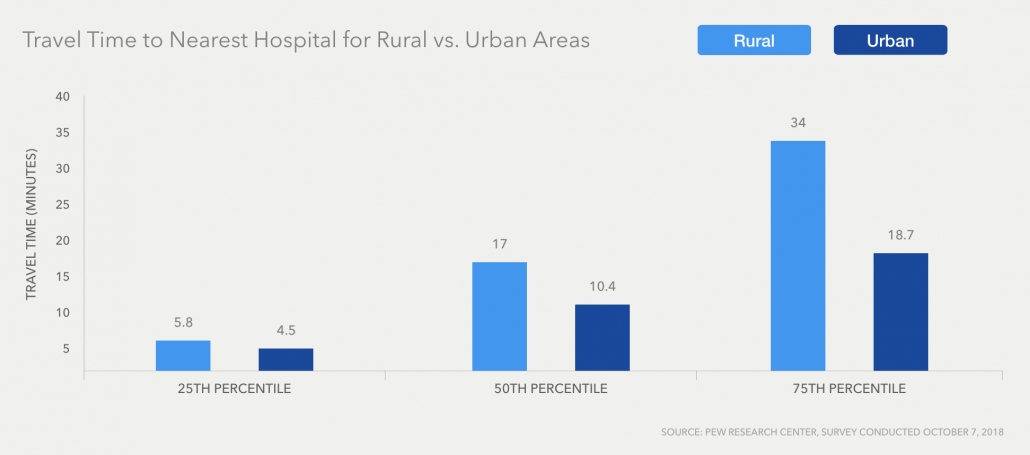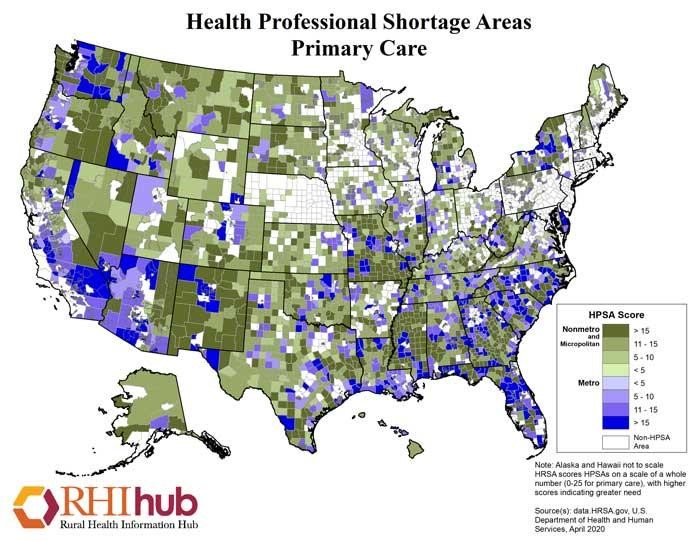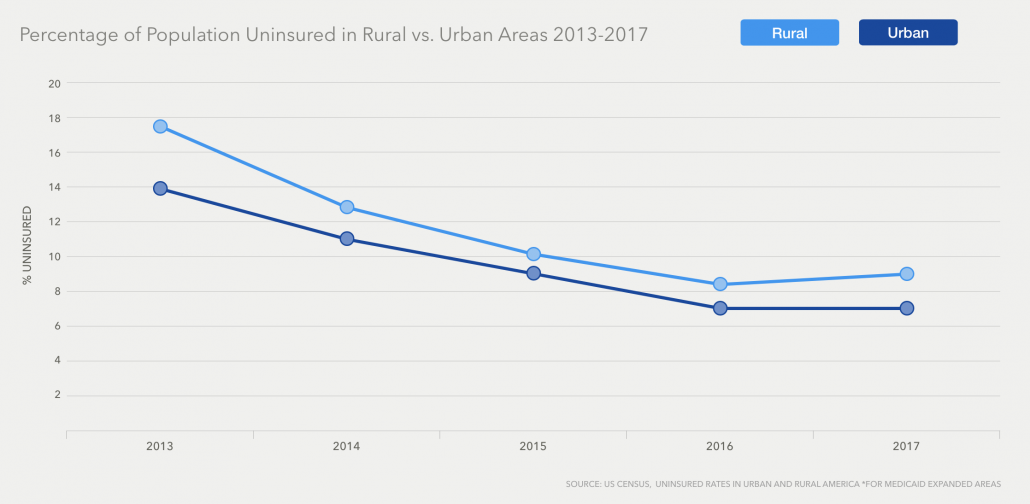COVID-19 has taken the world by storm, infecting millions of people and causing thousands of deaths around the globe. The outbreak started in the Chinese province of Wuhan, where the first case was identified in late 2019. After then it spread globally, and ultimately the World Health Organization (WHO) labeled COVID-19 as a pandemic in March 2020. The virus causes a respiratory illness with effects in many other organs, including the heart, eyes, brain, and gastrointestinal system. The condition has stemmed chaos across the world, and there is no treatment or vaccine available. It has put people around the globe in a state of despair, but there is some light of hope as preliminary vaccine development has entered its first human trial.
COVID-19 Challenges
The COVID-19 pandemic brings with it a lot of challenging phases. It brought not only the healthcare crisis but also energy and economic crises. Apart from this, it leads to humanitarian crises even in the most developed parts of the world. Healthcare systems have collapsed around the globe due to the unpreparedness to tackle the pandemic. Although governments are trying their best to preserve an economic balance by reducing transmission and mortality rates, this pandemic could have lasting impacts on people and societies. The lockdowns, unemployment, and social distancing due to COVID-19 will affect mental health, societal cohesion, economic recovery, and consumer behaviors.
Technology is playing a significant role in dealing with COVID-19 challenges. But due to increased risk of misuse, it is also challenging the relationship between governance and technology, which again can have long-lasting effects on society. Technology is playing a part in stopping the spread of COVID-19 by enabling a contact-free economy, including online retail, social distancing deliveries (click and collect), telemedicine, and much more.
COVID-19 and Mental Health
The increase in the transference of infectious diseases, including COVID-19, is due to the rise in travel and international exchange. As COVID-19 got the status of a pandemic, it brought along with it a state of considerable fear, concern, and worry among the populations. This concern is mostly seen amongst healthcare professionals, the older population, and those with underlying medical conditions. The main psychological impacts seen in these people to date are an increase in anxiety and stress. With the implementation of lockdown and quarantine limiting people’s activities, routine, and livelihood, it was also expected to see the rise in other mental health conditions, including depression, feelings of loneliness, harmful drug and alcohol use, self-harm or suicidal thoughts. Other than these, patients with pre-existing mental conditions will see an exacerbation in their illness.
Healthcare workers are working on the frontline and managing the COVID-19 patients daily, seeing their condition aggravating, moving on to a ventilator, and then deaths. This whole working environment is putting them under extreme depression. They are already working under stressful situations, and due to this mental state of health, a suicidal rate among healthcare workers is seen. Not only healthcare workers but the patients who have recovered also have mental disturbances post-recovery, especially patients who improve after being on ventilatory support who have higher risks of post-traumatic stress disorder (PTSD). Mental health challenges due to COVID-19 are not only experienced by adults but also children who were kept out of school. These children are also facing a state of uncertainty and anxiety.
Mental Health Statistics in COVID-19 Phase
Multiple factors are leading to deteriorating mental health during this COVID-19 pandemic. All these stressors are taken into account by various researchers and surveyors to gather information showing how much an increase in mental health issues occurred due to pandemic. For instance, the factors include fear of becoming severely ill from COVID-19, fear of catching COVID-19, fear of losing job or unemployment, financial pressure, getting medical assistance to become ill, and boredom. National data collected from around the world confirmed the increase in mental vulnerability. The WHO’s Devora Kestel, based on surveys, said, “35% increase is seen in the prevalence of distress in Chinese population surveyed, 60% increase is seen in Iran, and 45% in the US.” Higher levels of anxiety and depression were also recorded in Ethiopia’s Amhara Regional State in April 2020, showing a 33% prevalence rate of symptoms, which is approximately three-fold as compared to pre-pandemic levels. The surveys done in Canada among healthcare workers showed that 47% of them reported needing psychological support. In America, the surveys showed a rise in distress from 3% (last year) to 37% in April 2020. The study completed in April 2020 showed that almost 70% of Americans are under moderate to severe distress.
A study was done by the University College of London focusing on the psychological and social experiences of the UK population during the COVID-19 pandemic. The study showed that depression and anxiety continued to rise from the start of lockdown along with feeling self-harm or suicidal thoughts, which rose from 10% (March 2020) to 20% (April 2020). The symptoms of these mental conditions are more pronounced in patients already who have a pre-existing mental illness.
Telehealth During COVID-19
The COVID-19 pandemic urges the hospitals to divert patients from in-patient and prevent emergency department visits beyond capacity. COVID-19 has put the hospitals in extreme crises with insufficient beds, equipment, and staff. Enter the role of telehealth, which has been an innovation in healthcare in recent years, and in this time of restricted movement, it is providing optimum patient care. Telehealth practice is generally feasible and appropriate for healthcare providers, patients, and their family members in this pandemic. The primary purpose of shifting to telehealth is to reduce the impact of the pandemic on the management of infections and mental health. This helps in slowing the transmission by keeping high-risk patients out of the hospital environment while enabling patients to receive care remotely without visiting a hospital. Telehealth also protects clinicians by allowing them to remotely monitor suspected or milder cases of COVID-19, which don’t require hospitalization. It will also spare hospital beds and equipment to be used by more severe cases.
The psychological impact of COVID-19 must be addressed along with physical symptoms that persist, even after recovery. With the implementation of isolations and lockdowns, the risk of psychological symptoms increases even in the non-infected population. Healthcare workers are at higher risk of distress as they have to work longer hours with exposure to the virus. It can lead to anxiety, stress, burnout, and depressive symptoms, which will harm their performance. Telehealth services through email, video conferencing, telephone, or smartphone applications are meant to provide psychological treatment helping affectees to maintain their psychological well being and cope with their mental health problems efficiently. Since the pandemic started, China has been providing telehealth services, and the services provided include counseling, supervision, monitoring, training, and psychoeducation through online platforms. Early surveys showed that these services are accessed by the people in isolation to address their mental health needs. Communication between doctor and patient is essential when the patient needs to be isolated, and telehealth is a valuable way to do this irrespective of geographical location. Information sharing via telehealth platforms about stress anxiety, PTSD, burnout can be enough to deal with minor symptoms of mental health. For COVID-19 patients, telehealth can be used to monitor symptoms and to provide support when needed. Shifting to telehealth and expanding them is perfect for this pandemic situation giving people access to essential health services without increasing risks of spreading or developing an infection.
CMS Updates Related to COVID-19 for Mental Health Therapy
The officials are relaxing the rules for telehealth services during the COVID-19 pandemic, allowing physical therapists and psychologists to provide telehealth services to Medicare patients at home. These rules will also enable the telehealth services providers to be reimbursed through Medicare. The Center for Medicare and Medicaid Services announced additional changes with the ongoing pandemic. The changes aim at allowing the healthcare industry to use tools and platforms for improving access to care. Here are some of the reforms issued by CMS regarding telehealth services (specifically related to mental health):
- Medicare recipients can receive care in their homes. Previously the care can be accessed only at specific Medicare-approved sites. But new law makes it possible to receive telehealth services in their home at any time.
- Telehealth providers are also free to provide services from anywhere. APA has contacted CMS to allow the psychologists to offer their services from homes during this emergency pandemic situation.
- Practitioners can use audio and video-capable smartphones. Providers can use smartphones to provide telehealth services, but only if they use audio and video for communicating two ways in real-time. Psychologists providing telehealth services via landline phone will not be reimbursed, although these sessions are appropriate in many circumstances.
- Temporary limiting the audits. Under the new law, telehealth services must be provided to returning patients, but CMS states that HHS will not conduct audits to check whether the patient is new or returning when the provider submits a claim.
- Relaxation in HIPAA rules. The Department of Health and Human Services is waiving penalties for violations of HIPAA (Health Insurance Portability and Accountability Act) for providers who are providing telehealth services in this pandemic. It intends to provide necessary healthcare to Medicare patients using non-compliant telehealth platforms easily.
- The new law does not make any changes in billing. The psychologists should reimburse telehealth services at the same amount as in-person visits before the pandemic.
Using Virtual Care to Address COVID-19 & Mental Health Challenges
cliexa is a Colorado-based digital health company connecting patients, physicians, and payers at a single platform. With ongoing pandemic, healthcare systems have gone into challenging situations, and it is essential to provide necessary care to patients, especially with chronic conditions. Such patients are at higher risk of contracting COVID-19, so there is an increasing demand to give them remote attention at their homes. cliexa is a digital healthcare platform providing tools to healthcare organizations for gathering patient’s data remotely and assessing their symptoms and risks. About half of the adults in the US are suffering from any chronic conditions, including asthma, arthritis, cardiovascular, COPD, depression, and chronic infectious diseases. These conditions need to be monitored even in this pandemic to prevent their progression into complications. cliexa provides a number of virtual tools to assess these patients and patients who have developed mental illnesses due to this pandemic.
Remote Patient Monitoring (RPM) is a method of remote healthcare delivery using technology in which patient data is collected outside the clinical setting. In this, the patients send their data through dedicated apps from their phones to the providers. cliexa utilizes RPM by providing assessments and automated disease activity scores allowing clinicians to tap into wearable devices for real-time data. Patients do not need to visit a clinician during the pandemic, and they can receive care and information via cliexa’s platform. It also monitors the patient with chronic conditions, and with questionnaires, disease activity can also be tracked.
This COVID-19 pandemic is challenging for every individual and organization. Everyone must try their best to maintain their mental health. Telehealth services offered by cliexa are better suited in this time to both clinicians and patients. It allows clinicians to monitor patients and provide them with the care they need without having them visit the clinic. Telehealth services address not only patients but also help normal people affected by psychological symptoms to come out of the mental stress caused by the pandemic. This remote healthcare delivery also has the benefits of limiting patients coming to the hospital, which is much needed to control COVID-19 spread.
References
- Covid-19 Risks Outlook: Current Challenges and Future Fallouts
- Does Medicare Cover Telehealth? -Healthline
- ‘Major’ mental health crisis looming from pandemic – UN
- UN leads call to protect most vulnerable from mental health crisis during and after COVID-19
- The Role of Telehealth in Reducing the Mental Health Burden from COVID-19 | Telemedicine, and e-Health
- How telehealth can help in the fight against COVID-19
- CMS Expands COVID-19 Telehealth Reimbursement to Therapists, Phone Services
- What the COVID-19 telehealth waiver means for psychology practitioners
- Chronic Care Management Platform, Patient-Reported Data








